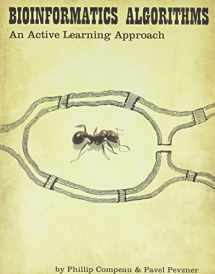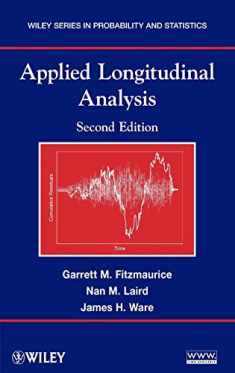
Bioinformatics Algorithms: An Active Learning Approach by Phillip Compeau, Pavel Pevzner (2014) Paperback
Book details
Summary
Description
This is the first edition of the textbook. The second edition (featuring two volumes) is now published and can be purchased from Amazon. Bioinformatics Algorithms: An Active Learning Approach is one of the first textbooks to emerge from the recent Massive Online Open Course (MOOC) revolution. A light-hearted and analogy-filled companion to the authors' acclaimed online course (http://coursera.org/course/bioinformatics), this book presents students with a dynamic approach to learning bioinformatics. It strikes a unique balance between practical challenges in modern biology and fundamental algorithmic ideas, thus capturing the interest of biology and computer science students alike. Each chapter begins with a central biological question, such as "Are There Fragile Regions in the Human Genome?" or "Which DNA Patterns Play the Role of Molecular Clocks?" and then steadily develops the algorithmic sophistication required to answer this question. Hundreds of exercises are incorporated directl


We would LOVE it if you could help us and other readers by reviewing the book
Book review




